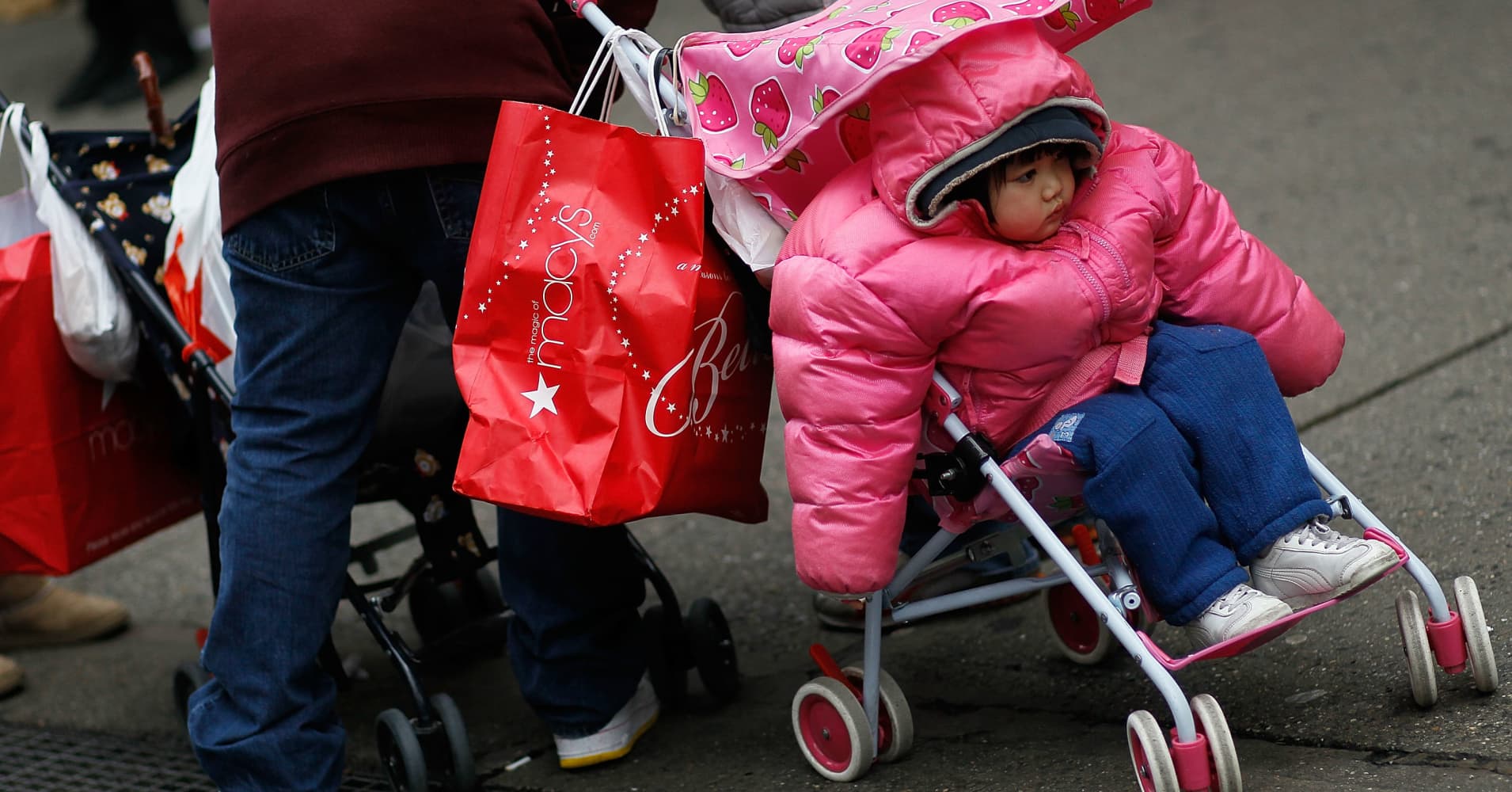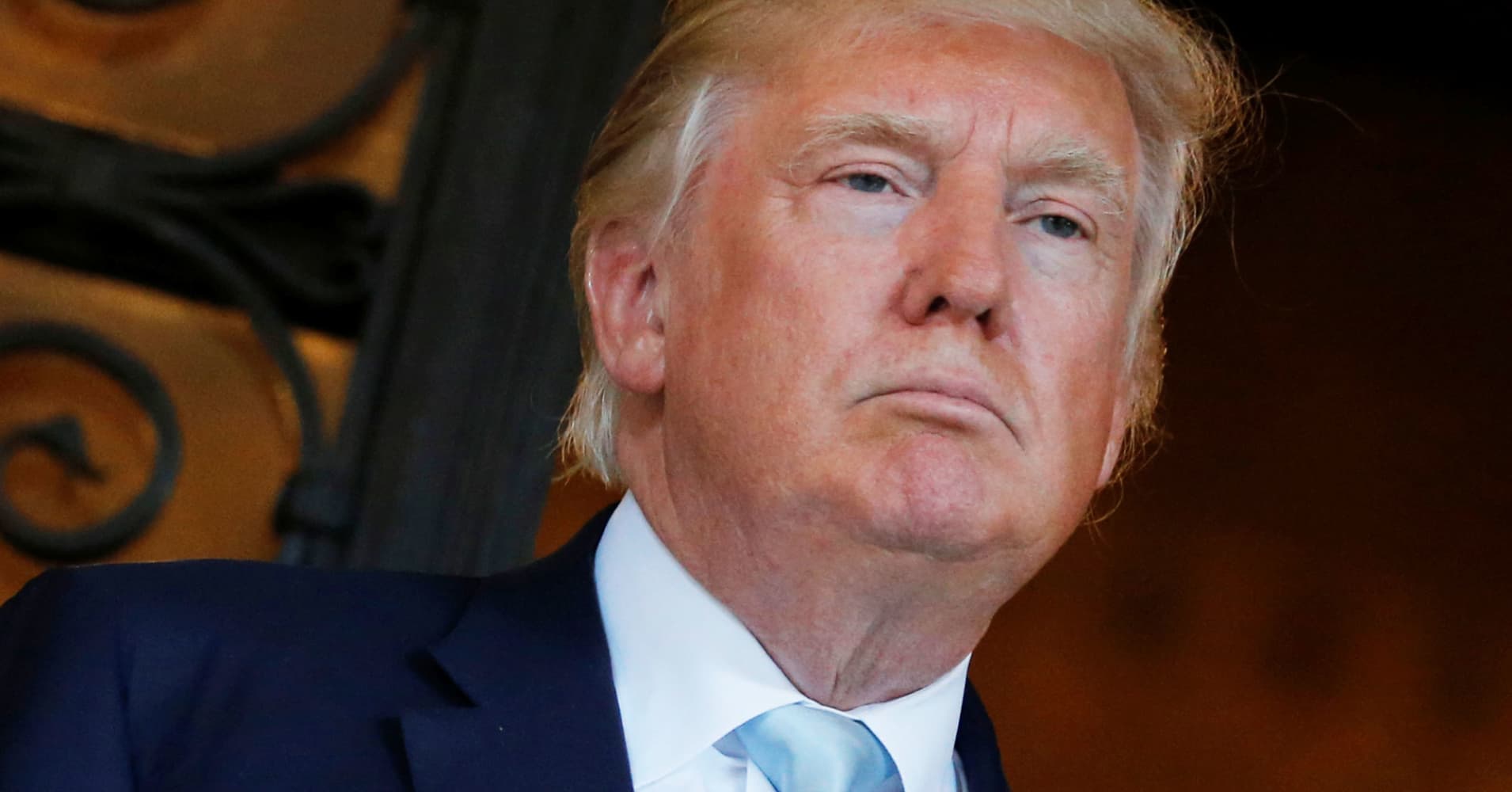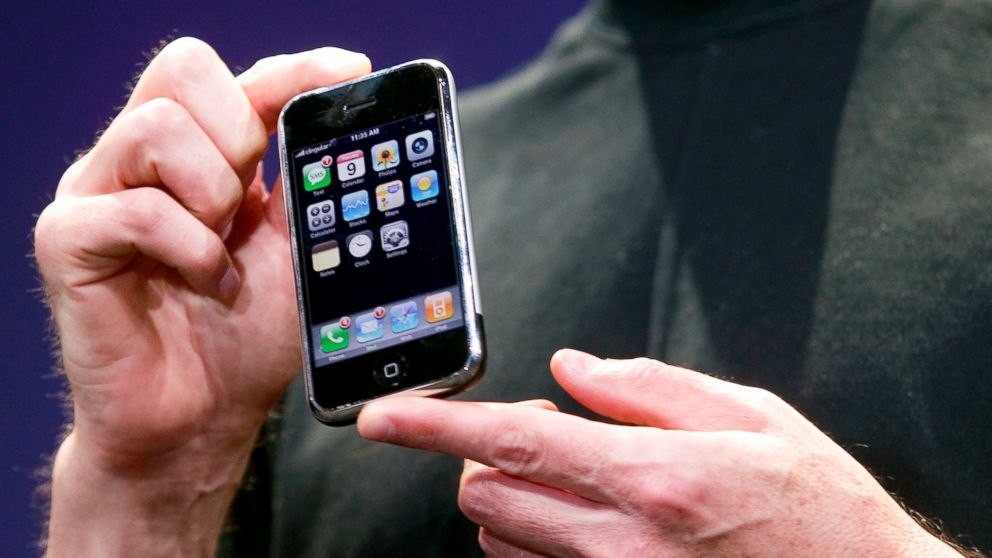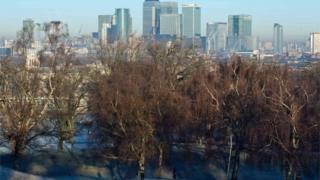Parents, Save Up: Cost Of Raising A Child Is More Than $233K
 Expecting a baby? Congratulations! Better put plenty of money in your savings account.
Expecting a baby? Congratulations! Better put plenty of money in your savings account.
The Department of Agriculture says the estimated cost of raising a child from birth through age 17 is $233,610, or as much as almost $14,000 annually. That’s the average for a middle-income couple with two children. It’s a bit more expensive in urban parts of the country, and less so in rural areas.
The estimate released Monday is based on 2015 numbers, so a baby born this year is likely to cost even more. It’s a 3 percent increase from the prior year, a hike higher than inflation.
Since 1960, USDA has compiled the annual report to inform – and probably terrify – budget-preparing parents. State governments and courts also use the information to write child support and foster care guidelines. The main costs include housing, food, transportation, health care, education, clothing and other miscellaneous expenses.
Things to know about how much it costs to raise a child:
Up to a third of the total cost is housing, accounting for 26 to 33 percent of the total expense of raising a child. USDA comes up with those numbers by calculating the average cost of an additional bedroom – an approach the department says is probably conservative, because it doesn’t account for those families who pay more to live in communities that have better schools or other amenities for children.
The cost of raising a child varies in different regions of the country. Overall, middle-income, married-couple families in the urban Northeast spent the most ($253,770), followed by those in the urban West ($235,140) and urban South ($221,730). Those in the urban Midwest spent less ($217,020), along with those in rural areas ($193,020).
USDA estimates the annual housing cost per child in urban areas is $3,900, while it’s $2,400 in rural areas.
There were also differences depending on income. Lower-income families are expected to spend around $174,690 per child from birth through 17; higher-income families will spend a whopping $372,210.
The average middle-income family earns between $59,200 and $107,400 before taxes.
After housing, child care, education and food are the highest costs for families. For a middle-income couple with two children, food costs make up about 18 percent of the cost of raising a child. Child care and education costs make up 16 percent.
Education costs have sharply risen since 1960, when USDA estimated that those expenses were around 2 percent of child-rearing expenses. The report says this growth is likely due to the increased number of women in the workforce, prompting the need for more child care.
The numbers don’t even include the annual cost of college, which the government estimates is $45,370 for a private college and $20,090 for a public college.
New parents may flinch at the costs of diapers and baby gear, but it’s going to get worse. While a child costs around $12,680 when he or she is between 0 and 2, a teenager between 15 and 17 costs around $13,900 annually.
USDA says food, transportation, clothing and health care expenses all grow as a child ages. Transportation costs are highest for the oldest children, perhaps because they start driving, and child care and education costs are highest for six and under.
There is some good news for big families. Families with three or more children spend an average of 24 percent less per child. USDA says that’s because children often share bedrooms in bigger families, clothing and toys are handed down and food can be purchased in larger and more economical packages. Also, private schools and child care providers may offer sibling discounts.
In contrast, one-child households spend an average of 27 percent more on the single child.
© Source: http://www.cnbc.com/2017/01/09/parents-save-up-cost-of-raising-a-child-is-more-than-233k.html
All rights are reserved and belongs to a source media.


 The bond market is wrestling with the Trump trade — and could continue to do so until the incoming administration and Congress can provide more details about their programs — particularly tax reform.
The bond market is wrestling with the Trump trade — and could continue to do so until the incoming administration and Congress can provide more details about their programs — particularly tax reform. 
 Long before Donald Trump campaigned on the promise of banning Muslims from entering the U. S. or creating a registry for those who already live here, there was a master fear monger who made the president-elect’s divisive rhetoric seem like child’s play.
Long before Donald Trump campaigned on the promise of banning Muslims from entering the U. S. or creating a registry for those who already live here, there was a master fear monger who made the president-elect’s divisive rhetoric seem like child’s play. 

 As the screening date of Disney’s live-action film of “Beauty and the Beast” fast approaches, many dolls resembling Belle and Beast have popped out of stores in the US.
As the screening date of Disney’s live-action film of “Beauty and the Beast” fast approaches, many dolls resembling Belle and Beast have popped out of stores in the US. 
 The Crown star Claire Foy (centre) and other cast and crew members celebrated the Netflix show’s double win.
The Crown star Claire Foy (centre) and other cast and crew members celebrated the Netflix show’s double win. 
 Steve Jobs promised on Jan. 9, 2007, at the Macworld convention in San Francisco that he and the crowd together would « make some history together. » Tens years later, and over a billion units sold, it’s become clear how the iPhone has profoundly changed the way that consumers interact with their phones.
Steve Jobs promised on Jan. 9, 2007, at the Macworld convention in San Francisco that he and the crowd together would « make some history together. » Tens years later, and over a billion units sold, it’s become clear how the iPhone has profoundly changed the way that consumers interact with their phones.
 Productivity, or more precisely the lack of productivity, is one of the great puzzles of the British economy at the moment.
Productivity, or more precisely the lack of productivity, is one of the great puzzles of the British economy at the moment. 
 BEIJING, Jan. 9 (UPI) — China expressed concerns regarding North Korea ‘s repeated threats to test-launch an intercontinental ballistic missile, according to Xinhua news agency.
BEIJING, Jan. 9 (UPI) — China expressed concerns regarding North Korea ‘s repeated threats to test-launch an intercontinental ballistic missile, according to Xinhua news agency. 

